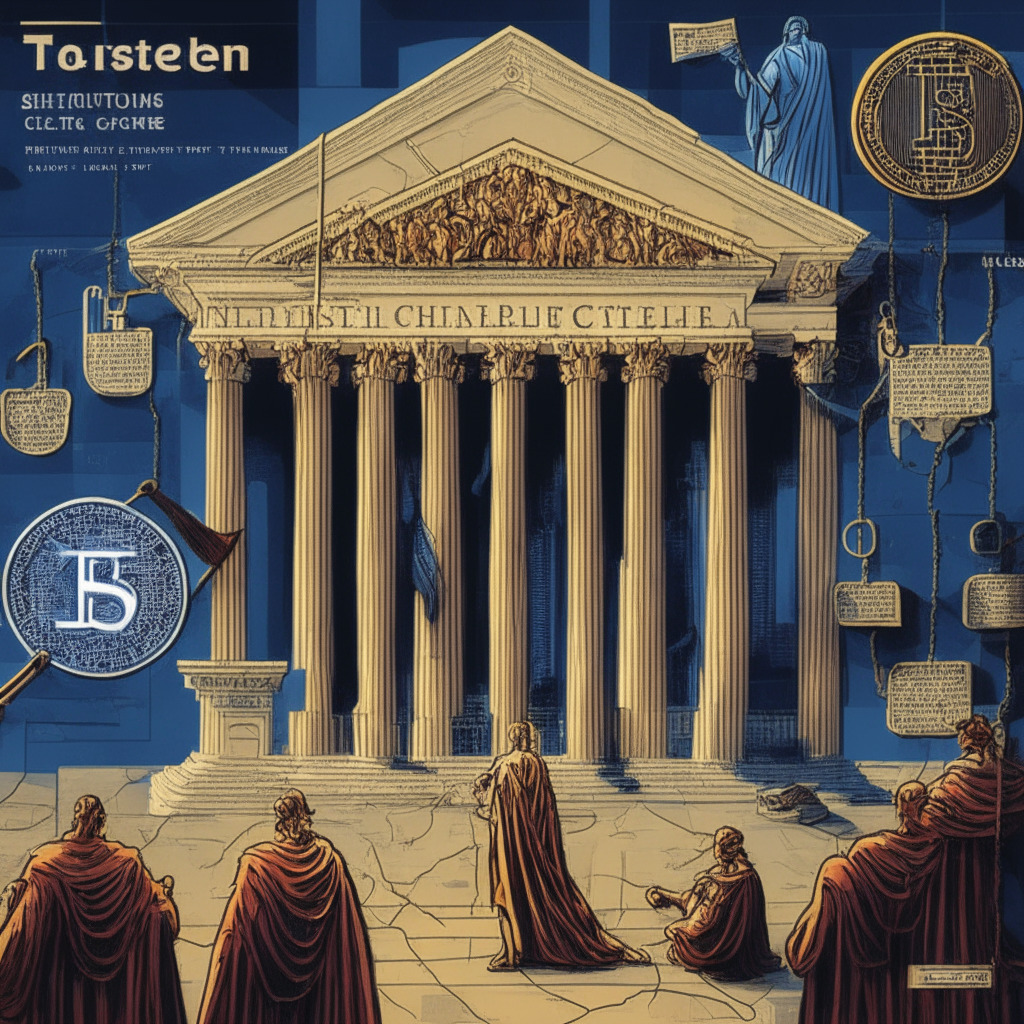The future of cryptocurrency in a regulatory landscape remains a contentious issue. At the heart of the conversation is a recent case involving Australia’s eToro entity, eToro Aus Capital Limited, which found itself in the line of fire of the country’s market regulator for alleged regulatory breaches. As we reveal in today’s post, the scepticism surrounding the processes and impacts of such regulations ought not to be swept under the rug.
The accusations against eToro’s Australian branch by the Australia’s Securities and Investments Commission (ASIC) pinpoints the company’s Contract for Difference (CFD) product. This derivative contract, allowing clients to speculate on the fluctuating value of an underlying asset like crypto, landed eToro into regulatory hot waters.
But why would eToro garner such attention? The ASIC alleges that eToro Aus Capital Limited failed to fulfil its licence obligations to act fairly and efficiently. This comes with the claim that eToro’s audience was overly broad and its screening test challenging to fail. According to the ASIC, nearly 20,000 of eToro’s clients lost money trading CFDs between October 2021 and June 2023.
Significantly, this case comes during a period marked by Australia’s increasing regulatory stranglehold on crypto-focused companies. In recent months, the Australian offices of Binance have fallen under the close scrutiny of ASIC, while the continent’s major banks have begun limiting crypto access due to alleged scams and customer losses.
Yet, amid these allegations and intense regulatory scrutiny, eToro Aus stands firm. In a statement, the company declared no disruption of services for its clients and no significant impact on eToro’s global business. It likewise confirmed that it is operating under a revised target market determination for CFDs. As it stands, the ASIC is seeking monetary penalties, with the Court yet to schedule a trial date.
While a thick cloud of scepticism seemingly covers the interplay of crypto and regulatory forces, it is crucial to bear in mind the inherent advantages and inefficiencies of such systems. Regardless, one thing is certain: the future of crypto within a tightly regulated framework is a terrain that remains partially uncovered and filled with uncertainties.
Source: Coindesk




